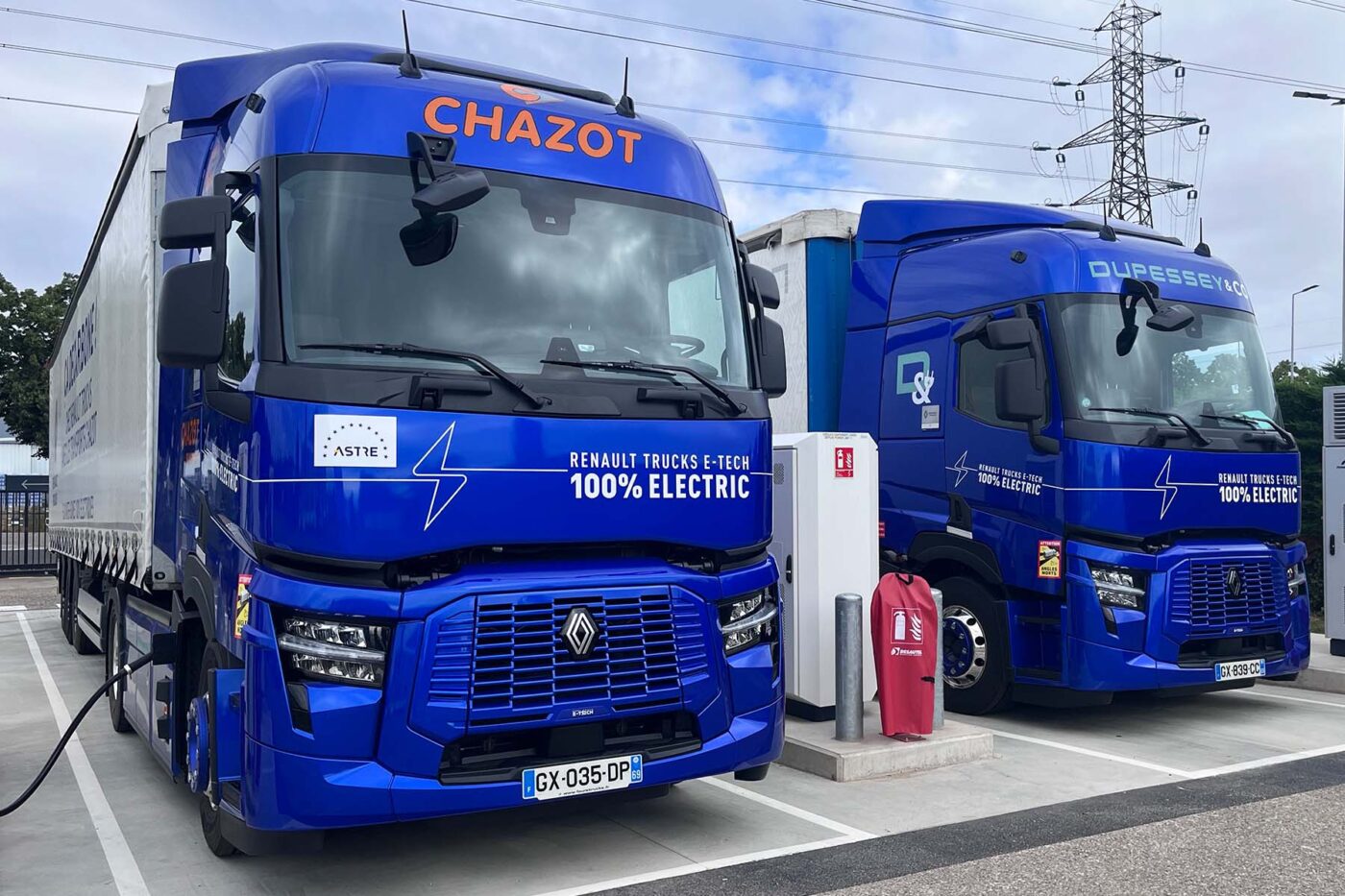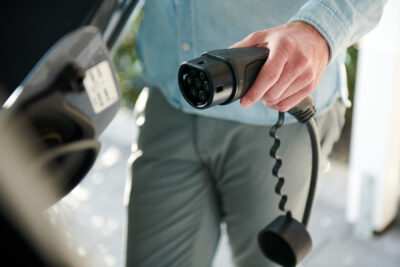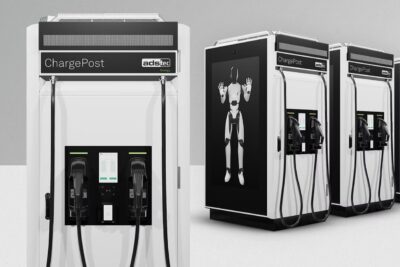Fraunhofer ISI estimates that 1,000 MCS charging stations suffice for electric trucks
Based on the calculated traffic volume for 2030 and 1.6 million truck trip combinations, the study uses Amazon’s open-source tool CHALET to analyse 20,000 potential locations for truck charging stations along European motorways. The results show that just 1,000 public megawatt charging stations could be enough to cover 91 per cent of the expected long-distance electric truck traffic.
The reasoning behind the study is clear: the AFIR envisages that an infrastructure for electric cars, and especially for electric trucks, will be established and expanded in the EU member states. However, battery-electric lorries still have a limited range compared to their diesel counterparts. Although they can get from one charging stop to the next during the legally prescribed driving times, they are then dependent on finding a free charging point. This raises the question of how many high-speed truck chargers are actually needed in Europe.
The study now presented is part of the HoLa project, which is funded by the BMDV and aims to research the high-power charging of electric lorries. Amazon’s involvement in the study relates to the aforementioned CHALET tool, which supports industry, governments and local authorities in finding optimal locations for charging infrastructure for electric vehicles. It takes into account factors such as traffic flows, vehicle range and journey times to identify priority locations for electric truck charging points and thus accelerate the transition to a sustainable transport sector.
Conservative assumptions for range and depot charging
According to the Fraunhofer ISI, however, there is still “little knowledge about optimal charging locations for long-distance lorry transport in Europe”. The Fraunhofer experts have therefore developed their own optimised truck charging network. This was based on calculations of European lorry traffic volumes in 2030, publicly accessible locations in Europe and existing lorry stops. “The study also takes into account capacity restrictions in terms of space availability and network connection and calculates an optimised, gradual network expansion along the routes with the highest demand in Europe,” says the institute. According to the press release, further assumptions were deliberately conservative: No depot charging was taken into account and a practical range of 400 kilometres was assumed, which some models already exceed today.
The key findings, according to which the 1,000 stations mentioned above could cover 91 per cent of long-distance electric truck traffic and 500 stations could cover half of it, are surprising at first glance. This is because the number of locations proposed in the study is lower than the EU minimum infrastructure targets.
However, study author and head of the Energy Economics business unit at Fraunhofer ISI, Patrick Plötz, points out an important point: “However, the locations that are built will need to secure sufficient grid power, with some sites requiring up to 12 megawatts of grid capacity to support up to 20 MCS outlets. This highlights the significant energy requirements and grid infrastructure needed to support the electrification of Europe’s commercial trucking sector at scale; several European Governments are already actively working on this challenge.” This includes the German government, which, as reported, is first commissioning the grid connections for the initial electric truck charging network before the actual charging points are put out to tender.
Plötz comes to the interesting conclusion that a strategically planned network based on megawatt charging stations could greatly promote the spread of battery-powered lorries in Europe. Although the industry is pushing ahead with MCS, it is also regularly emphasised that long-distance electric trucks are not necessarily dependent on megawatt charging – they can also recharge sufficiently with CCS charging points.
Fraunhofer expert Plötz’s call for the industry and politicians to accelerate the further development and introduction of megawatt charging systems such as MCS is primarily about making electric trucks usable with a purely public infrastructure. “This research suggests that industry needs to accelerate development and adoption of megawatt charging systems like MCS, as this enables logistics operators who do not have access to depots to effectively electrify their fleets. Commercialization of MCS can avoid the cost and complexities of securing external real estate and power, which are critical barriers to the total cost of ownership for battery electric trucks,” says Plötz.





0 Comments